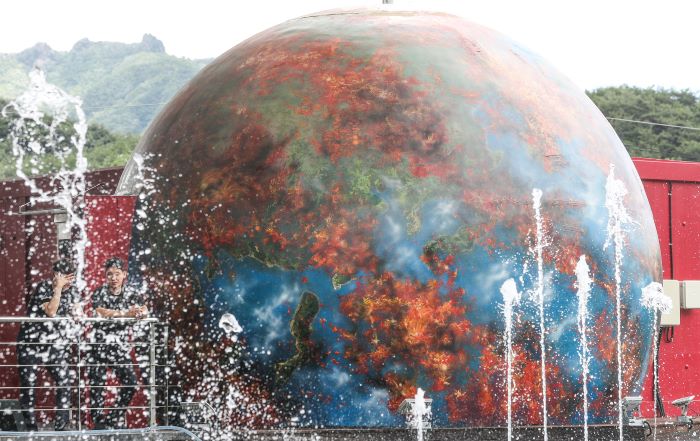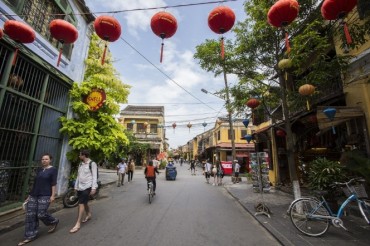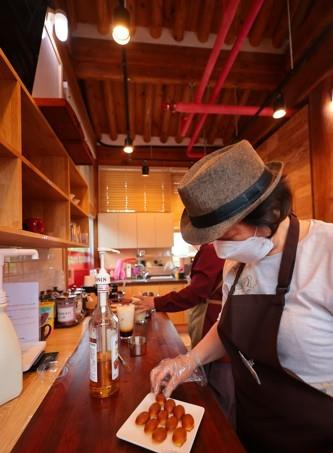SEOUL, Feb. 5 (Korea Bizwire) – A recent study suggests that if current levels of greenhouse gas emissions persist, the number of summer fatalities in Seoul could increase by up to 82% by the late 21st century. Even with efforts to achieve carbon neutrality, the increase in mortality rate could reach 23%.
Published in the Journal of the Korean Insurance Academic Society by Kim Sang-hyuk, a doctoral candidate at Seoul National University’s Graduate School of Environmental Studies, and professor Lee Dong-kun from the Department of Landscape Architecture and Rural System Engineering, the paper analyzes the potential future summer mortality rates based on climate change scenarios.
The research team compiled data on deaths due to all diseases, excluding suicides and accidents, in Seoul and Busan during the summer months (June to August) from 1997 to 2022.
The average annual deaths were reported as 8,706 in Seoul and 4,229 in Busan, showing a continuous increase over the years, especially after 2019. The study explains that exposure to high temperatures can lead to heat-related illnesses or exacerbate respiratory and cardiovascular diseases, potentially leading to death.
The team used four Shared Socioeconomic Pathways (SSP) scenarios developed by the Intergovernmental Panel on Climate Change (IPCC) to predict that the Wet Bulb Globe Temperature (WBGT), which accounts for temperature and humidity, will rise by the end of this century, leading to an increase in summer mortality in both Seoul and Busan, with the highest number of deaths expected between 2090 and 2099.
In Seoul, under the SSP1 scenario, which assumes a society that achieves carbon neutrality, the projected number of deaths was 10,707, while under the SSP5 scenario, which continues current greenhouse gas emissions, the number could rise to 15,860.
This means that even with a shift towards carbon neutrality, summer deaths could increase by 23% compared to the 26-year average of 8,706 deaths. If emissions continue as they are, the increase could reach 82%.
Busan showed a lower increase rate in mortality than Seoul, with projected increases ranging from 9% to 19% in different scenarios, translating to an increase of up to approximately 800 deaths compared to the current average of 4,229 deaths.
The researchers attribute the differences between Seoul and Busan to population size and climatic characteristics, noting that Busan’s already high average humidity of 78% limits the potential increase in WBGT, resulting in a smaller increase in mortality.
Lee emphasized that even with immediate action towards carbon neutrality, temperature and humidity rises are inevitable, leading to increased mortality. He warned of the severe risks posed by the “climate change pandemic” in the coming decades, stressing that the impact could become unimaginably severe by around 2080.
M. H. Lee (mhlee@koreabizwire.com)







